
This post was written by Erica Stephens, 2014 Mono Lake Intern.
Making the long journey up Highway 395 north to the Mono Basin and Eastern Sierra was always the highlight of my summers growing up. Originally from Southern California, I am used to palm trees, sirens whizzing by, crowds, malls, and a Starbucks on every corner. Everyone always seems to be on the move and everywhere you go, places are bustling with business. I come from this sort of lifestyle and consider myself to be a true California beach bum from the Long Beach area.
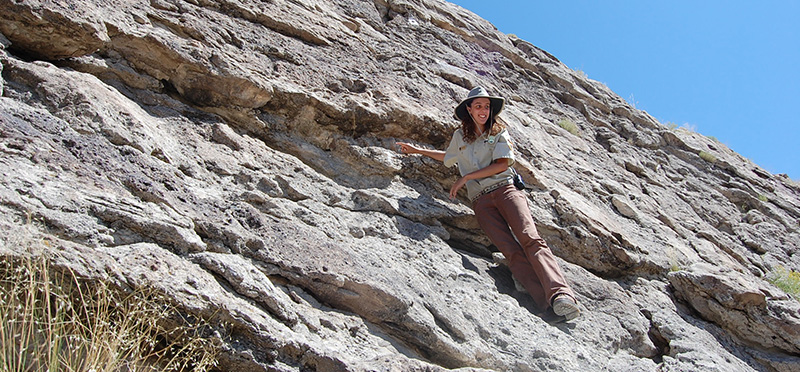
Yet the city life was not all I was accustomed to since I was fortunate enough to have had an amazing outdoor education experience at Camp Hi-Hill during the fifth grade. Over 300,000 students, including me, had attended the camp since it opened in 1948 as one of California’s first outdoor science schools. I was astounded to found out that the Long Beach Unified School District is no longer conducting the week-long trips up to the camp which left me with such vibrant and lasting memories. For many students, it was their first and only outdoor introduction to science and the natural world. The camp’s closure since 2008 has supposedly saved the school district about $1 million a year, but how many thousands of students have lost the opportunity to experience nature, hiking, and the outdoor education experience? For me, this experience was priceless since it was one of the major building blocks that led to my passion and enthusiasm for nature and the environment. It is deeply missed.
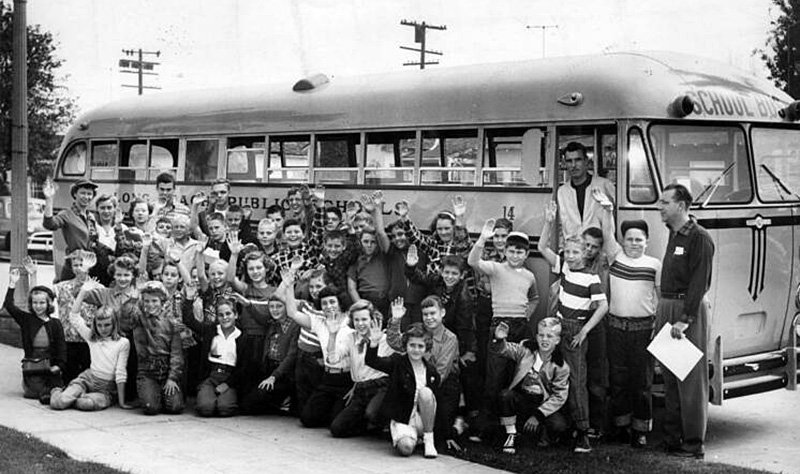
The fact that I come from a family of naturalists and birders, star watchers and artists also made a huge impact on my later career decisions. Even while in SoCal my family and I found ways to include nature explorations into our lives. I became a member of the Sierra Club and Audubon Society at a young age and actively participated in hikes and activities as much as possible. I also loved to go birding at the El Dorado Nature Center on weekends and participated in community events like LA River Clean-up days.
Week-long camping trips to places like June Lake, Mammoth Lakes, and Reds Meadow were my first introduction to the Sierra Nevada. Exploring hidden petroglyphs, enjoying natural hot springs, and hiking to waterfalls were some of my favorite memories. I specifically remember the first time I came to Mono Lake and gazed up in wonderment at the strange-looking tufa towers and stood in the spot where the man with no name, Clint Eastwood, rode through the town of Lago in the movie High Plains Drifter.
The turning point for me was the specific day I knew that I wanted to become a naturalist and ranger. I was camping in Tuolumne Meadows with my family in Yosemite National Park. One evening while preparing dinner and sitting around our campfire, a ranger on horseback rode up to our campsite during his patrol. As I watched him ride away I realized in that moment that I had to experience that kind of lifestyle. Ever since that day, when I was 11 years old, my goal was to obtain a position with the National Park Service and wear the ranger flat hat. That goal became a reality the summer after I graduated from Humboldt State University and I got my dream job as the Geoscientist-in-the-Park at Jenny Lake in Grand Teton National Park, Wyoming. Grizzlies, moose, and that grand view became a daily routine for two summers and one intense winter.
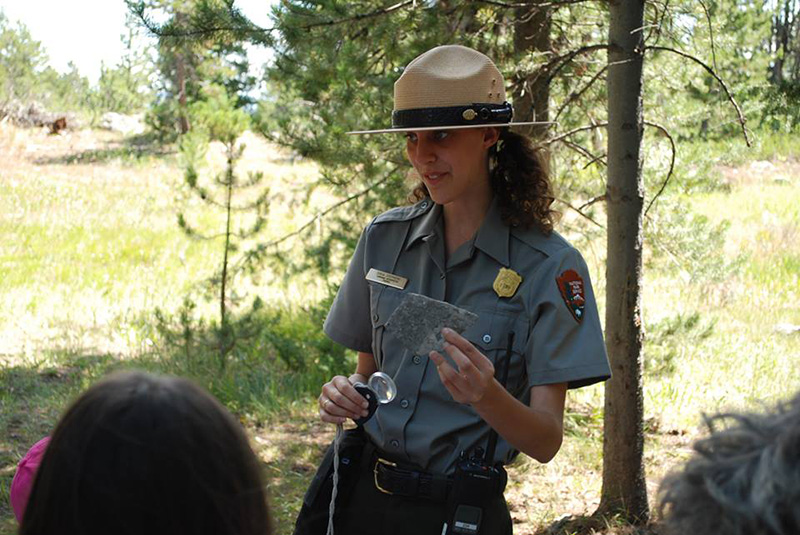
Throughout my five years of studying Natural Resource Interpretation and Geology at Humboldt State University, I was able to utilize the summers for seasonal ranger work in places like Dinosaur National Monument, Patrick’s Point State Park and the McCloud River Preserve. I left my mark in each place by creating interpretive displays and programs from California to Utah.
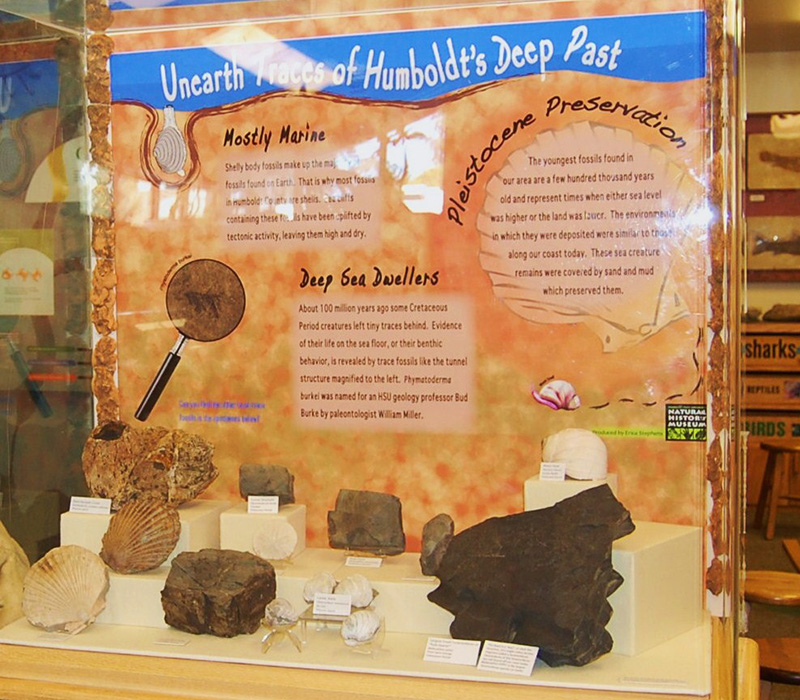
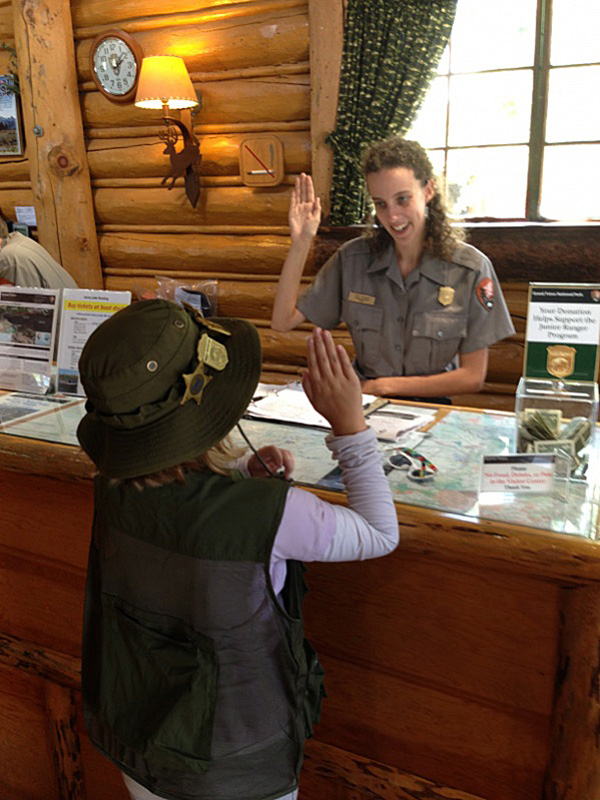
Now, as an intern with the Mono Lake Committee, more and more memories come back to me each day from when I used to come here as a child. As I travel through the Mono Basin and into the surrounding areas this summer, I am constantly reminded of the day I knew. I feel so lucky to be working for this small, non-profit organization which has made such a huge difference in terms of water conservation, restoration, and education. Here at Mono Lake, education is one of our top priorities. Whether you find yourself birding at Mono Lake County Park, canoeing on the lake, or walking around South Tufa, our staff is always excited to explore and answer questions. Leading tours on a weekly basis is definitely my favorite part of being a naturalist interpreter. Seeing visitor views take shape and transform at South Tufa is the most special part of my job.
The seasonal life is full of traveling, meeting new friends, and learning to adapt and explore in each new environment. Now that I have come full circle and I am back in California, there is a sense of familiarity and comfort. Every day I become more amazed by the Mono Basin and feel a stronger connection to this place I now call home.
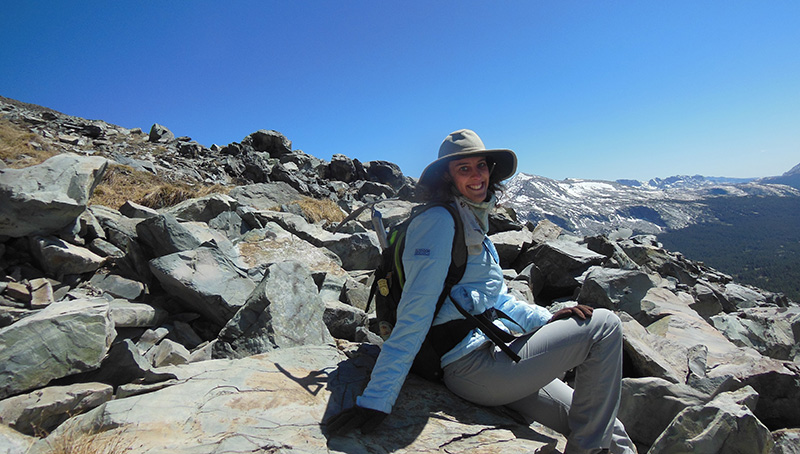

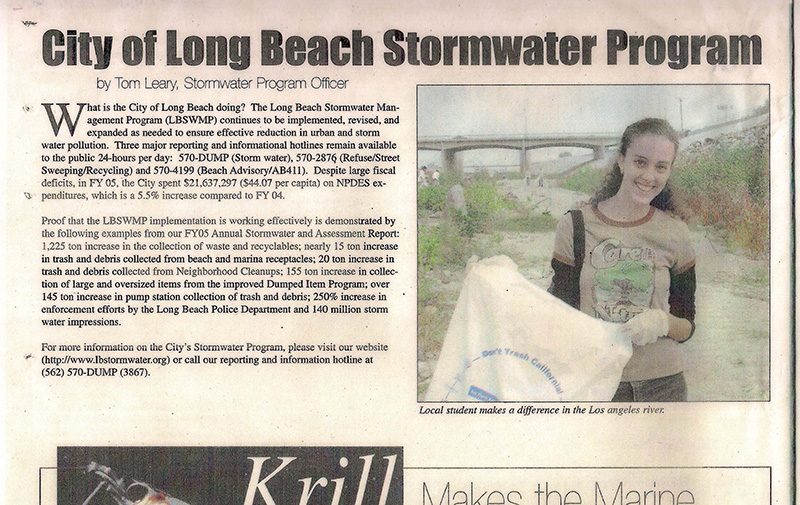
Erica, Your story resonates with me so much. I too have many memories of the Sierra and the Mono Basin. I ended up teaching biology but feel the same spirit of the outdoors that you espoused. Thank you for sharing! Keith 1967 graduate from Humboldt and master’s in geoscience from Mississippi State.